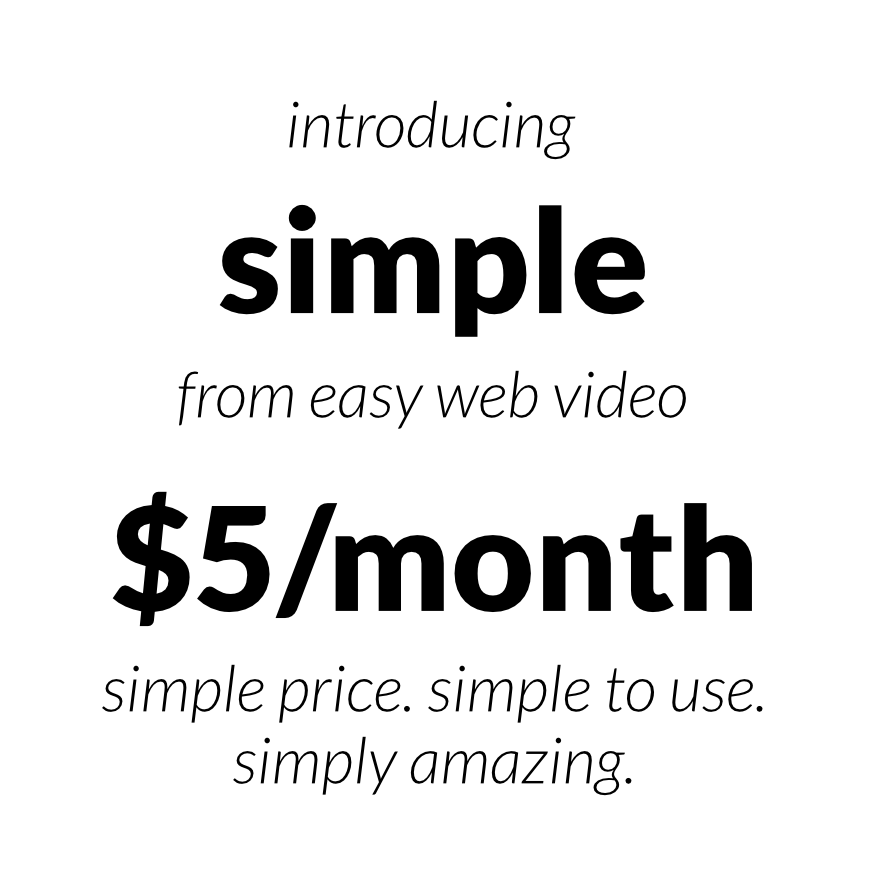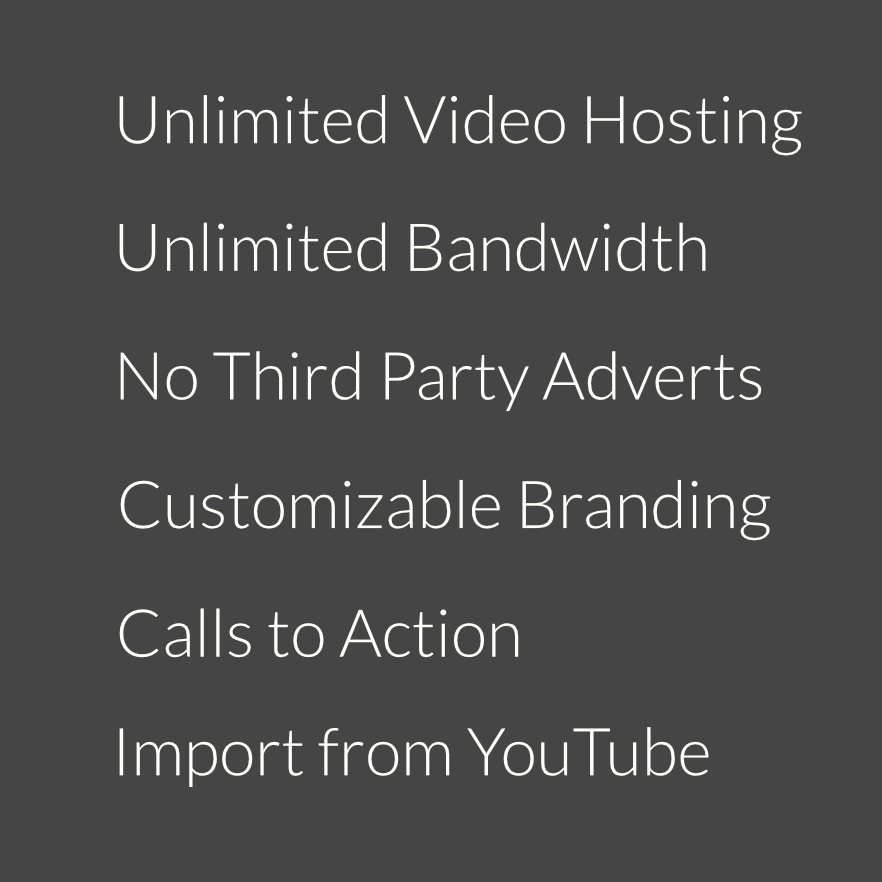All of these can result in clicks, calls, and customers.
You can make stronger advertisements if you deploy advertising techniques that will work best for your product or service, be it in the traditional, digital or social media
Here are 9 advertising techniques that you can adopt to build a strong brand recall.
1. Interesting Character
Advertising techniques are all about creating characters, or a cast of characters that add recognition and a story value to the campaign.
Your character could be some actor playing a role, like a footballer or psychiatrist or the Prince of Persia. You can also go for an animated, illustrated, or a cartoon character. Or how about using a live cat or dog?
Creative tip: A “brand character” must represent the brand’s personality and other aspects, which an invented character won’t. It’s better to take risk with a character which is, well out of character with the personality of your brand.
Many of the most memorable advertising campaigns in the world were built around invented characters. But most of the best characters don’t reflect brand personality, appearance, or values.
Much like a good book or movie, a character must be interesting to grab customer attention. It must be unexpected, different, have enough personality, strong expressions, and quirky behavior. Out-of-the-ordinary and engaging character will attract attention because they break stereotypes and stand out of the crowd.
2. Personification
This advertising techniques can help in creating advertisement campaigns that are more human, interesting and engaging, and finally, more relevant to your target audience.
By giving your product or service a human ability, like emotion, thoughts or speech, you can turn it into a person. You can also lend human characteristics to abstract ideas, like “greed” or “hunger”.
While working on an advertisement for a service, try to create a visual icon that could be personified. For instance, animate a credit card or a wallet to say about a particular bank.
You can also blend a product feature into a real person. For instance, you can give computer screen heads to depict a person addicted to digital gadgetry.
Creative tip: The object or the idea you personify may not be related to the product or service up for sale. Introducing a talking photograph into your advertisement for injecting humor or a snarky dialog, could make the campaign more engaging, interesting and memorable.
3. Exaggeration
It’s a advertising techniques which is both effective and fun. Also, it’s easy to brainstorm and work with.
Take your concept and the primary idea you want to communicate. Now exaggerate it. Take it to the extreme, push it beyond reality and reason; in visual or in the copy, or both. Exaggerate a problem, or a benefit, or the physical appearance, or size.
Make sure that you exaggerate the exaggeration. Godzilla-sized exaggerations are interesting and also a powerful way of driving your concept. A minor exaggeration could be a misleading campaign.
Creative tip: Exaggerating the visual could be an interesting approach. But then understate the copy. Or do it the other way round. This advertising techniques will help you to simplify the message i.e. the main point you want to convey, in a single sentence or one visual. Let your imagination push things from there to an outrageous exaggeration.
This advertising techniques are used to “position” your product or service to appeal to your target audience having specific demographic characteristics like age, race, gender, marital status, level of education, income, sexual orientation and other things. Demographic positioning can open up a huge niche market, like dating websites for people over 50, or holiday destinations for singles.
In the US, Home Depot offers the “Do it Herself” workshops for teaching women about home improvements and repairs.
5. Symbolism – Similes & Metaphors
These are useful advertising techniques for communicating abstract and complex ideas similes and metaphors. It also communicates an idea quickly.
Similes and metaphors are high performance deliverables in creative communication. They are effective and powerful similes and metaphors.
Similes and metaphors are figurative speech. They use “as” or “like” for comparing two different things to forge a more vibrant expression.
- Asper’s latest pain relief works as fast as “ahhh”.
- Virgin Airlines’ service was like having dinner at the White House.
Similes and metaphors use two things; a dramatic visual or a vivid statement for suggesting another thing, sans an “as” or “like”.
For instance, a campaign for investment bank may use a visual metaphor or a fencer for characterizing the company as sophisticated yet aggressive.
Here are more similes and metaphors examples.
- Similes and metaphors can inject life into abstract ideas. To show the unforeseen life risks, insurance company advertisements may picture a person about to land his foot on a banana peel.
- Similes and metaphors enable you to express sensitive issues by suggesting, instead of saying or showing. How do you envisage a product that relieves you from constipation?
- Metaphors may also represent product or service features, as in an advertisement of iron-rich breakfast cereal, which shows cereal flakes flying off from a box, attracted by a magnet.
- Similes and metaphors can be used for expressing product or service benefit in new ways. The campaign for a popular gym shows a man lifting a car with just one hand for changing the tire. That is a strong one!
Symbolic expressions help in representing the key characteristics of a brand, as well as a service’s features, or the benefit of a product or service. It can be done with visuals or words, in print or film.
Ensure that the metaphor is new. Don’t repeat what you have heard or seen before.
Creative tip: Here’s how you can use a simile for creating a metaphor.
- Begin with the basic idea i.e. your product’s key concept. It could be “agile” or “safe” or “nicely engineered” or “bright”. Then write or sketch to express the data.
- Create a simile and complete the sentence. “The products are like…”
- Complete the sentence: “The benefit for the customer is like______”
- Now see whether the “is like” can be removed from the metaphor.
6. Emotion
Emotional music, images, themes are great tools for triggering positive feelings that could be transferred to a brand, product or service company.
Digital and broadcast media are the ideal channels to trigger emotion. Film, TV, and radio lets you tell stories and also support the stories with characters and music.
Talking of music, it’s the most creative and potent tool. Music has the power to trigger instant response among the audience, particularly if the same is well liked and familiar, and associated with strong feelings like anger or love.
There are certain types of imagery in print that reliably evokes emotion.
- Weddings: Consider a non-traditional setting.
- Families and relationships: The mother, who else?
- Kids: True for men as well.
- Animals: The little and cut critters. Or the big ones doing cute things.
Toxic creative warning: While using traditional imagery, avoid all clichés like “cheap stock photos, here.” If you can’t afford an interesting visual, enhance or crop the image to get a fresher look.
Every country and culture has historical events, celebrities, music and visuals that trigger strong feelings, like a medal presentation in an international competition with the national anthem playing in the background, influential world figures like Gandhi or Mandela, historical struggles for racial equality and civil rights and similar things.
Creative tip: Music, like love, could be expensive. But that’s not a problem for MegaMobile and BigBank. It could be challenging for majority of the clients. It opens up interesting creative development opportunities.
You may, for instance, collaborate with local musicians. If you have talent, you can express that with a small investment in software or hardware. Sponsor a musical talent hunt and open up to all within the community or company.
7. Promise Specific Benefits
Benefit is something that has value to your target audience. Ask yourself about the benefits of the product or service that you yourself can derive from the product.
A benefit advertisement’s persuasive energy comes from two traits. First, the importance of the benefit to the target customer, and two, specificity of the benefit.
Here’s an example of a headline targeting housewives: “Introducing a washer so gentle it can actually help your clothes last longer.”
Abstract and ambiguous words like “unique” or “beautiful” or “professional” doesn’t mean much to the reader. Avoid them on all counts. Besides, some benefits will be more useful to some, depending upon the individual. Some people may demand a superlative service and ready to pay extra for that. Others may like to save some dollars will be delighted to save some stay put at motel 6.
Remember, a benefit may not be exclusive for the client. For instance, car batteries offering a lifetime guarantee may not be the selling point of that product. Clients may say, it’s not really a benefit, since many competitors are offering the same benefit. But that shouldn’t bother the customer if competitors are making no such claims. And even if customers are aware of it, the advertisement which is able to recall the benefit first, is likely to trigger the sale.
Creative tip: Features are to be used sometimes instead of benefits. Features are the key characteristics of a product. “The computer has a 1 TB HDD.” The underlying benefit is that you can store huge amount of data, photos, and videos in your computer.
Benefits can also be inherent. If a vast majority of people know the benefit that can be derived from a 1 TB HDD, there’s no need for explaining the benefit. Simply mention the feature.
8. Testimonials
Testimonials have persuasive energy. It comes from believability, candor, motive, and expertise.
Testimonials can come in many colors from celebrities to general customers. Here are some categories that have proved successful.
Real customers: These testimonials are usually found on Facebook or Amazon. They are often the most informative and the most persuasive. The best testimonials are honest, fair and very thoughtfully written. A few flaws are good. But something like “It’s the best, don’t miss it” are shallow.
Interesting customers: Select real users who have an amusing or interesting story to narrate. Maybe one of your customers has an unusual accomplishment or is in an interesting job that separates them from the rest, like the former mayor of your city, the 152nd person to scale Mount Everest, and similar individuals.
Real switchers: In this case, a person tries a product and judges it on the spot. Non-customers are converted to buyers in this way. The “blind taste test” is an execution. Another approach is featuring customers who explain why they shifted from one brand to the other.
Experts: The scientist, the doctor, or the blogger who writes about your product category. They can influence others with their expert knowledge.
Celebrities: international or local, celebrities can bring in instant recognition. Simply show a celebrity is endorsing your product. A written endorsement, however, always has an edge.
9. Problem / Solution
This advertising techniques can be used to engage people having a problem, or those who want avoiding it.
Problems. Most people have them. And there are products to solve them. If your product or service is a problem solver, put the problem in the headline. Later, in your advertisement, mailer or commercial, explain how the product resolves the problem.
This advertising techniques will work well if your target market has a real big problem i.e. a big concern. The bigger a problem, the better will the strategy work.
Creative tip: The problem/solution advertising techniques is one of the most effective ways to address real problems. It can be used in several creative ways. For instance, you can deploy the method to highlight a problem which many in the audience in fact would like to have. People love those who resolve the crises in their life. They emerge as saviors in most cases.






